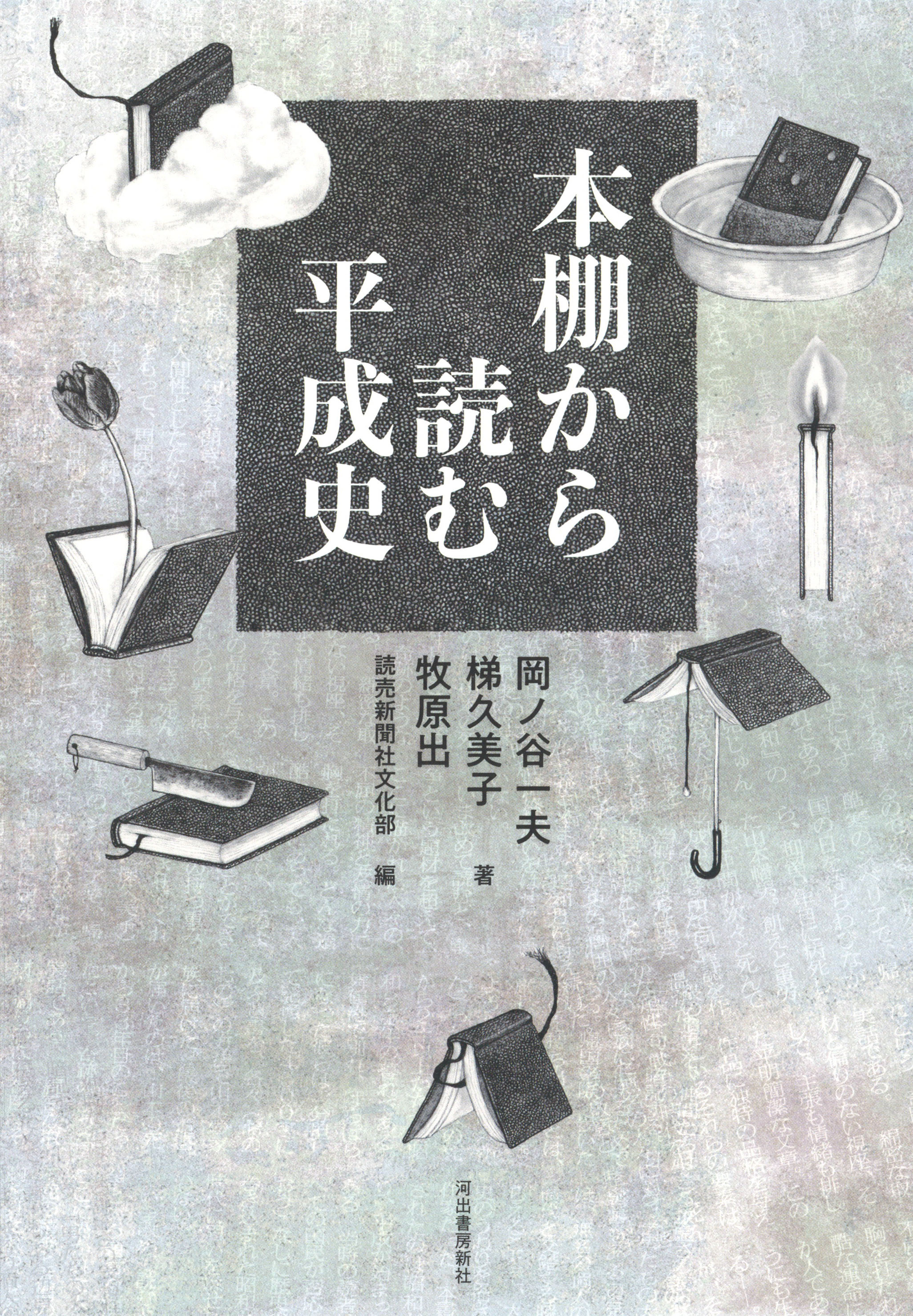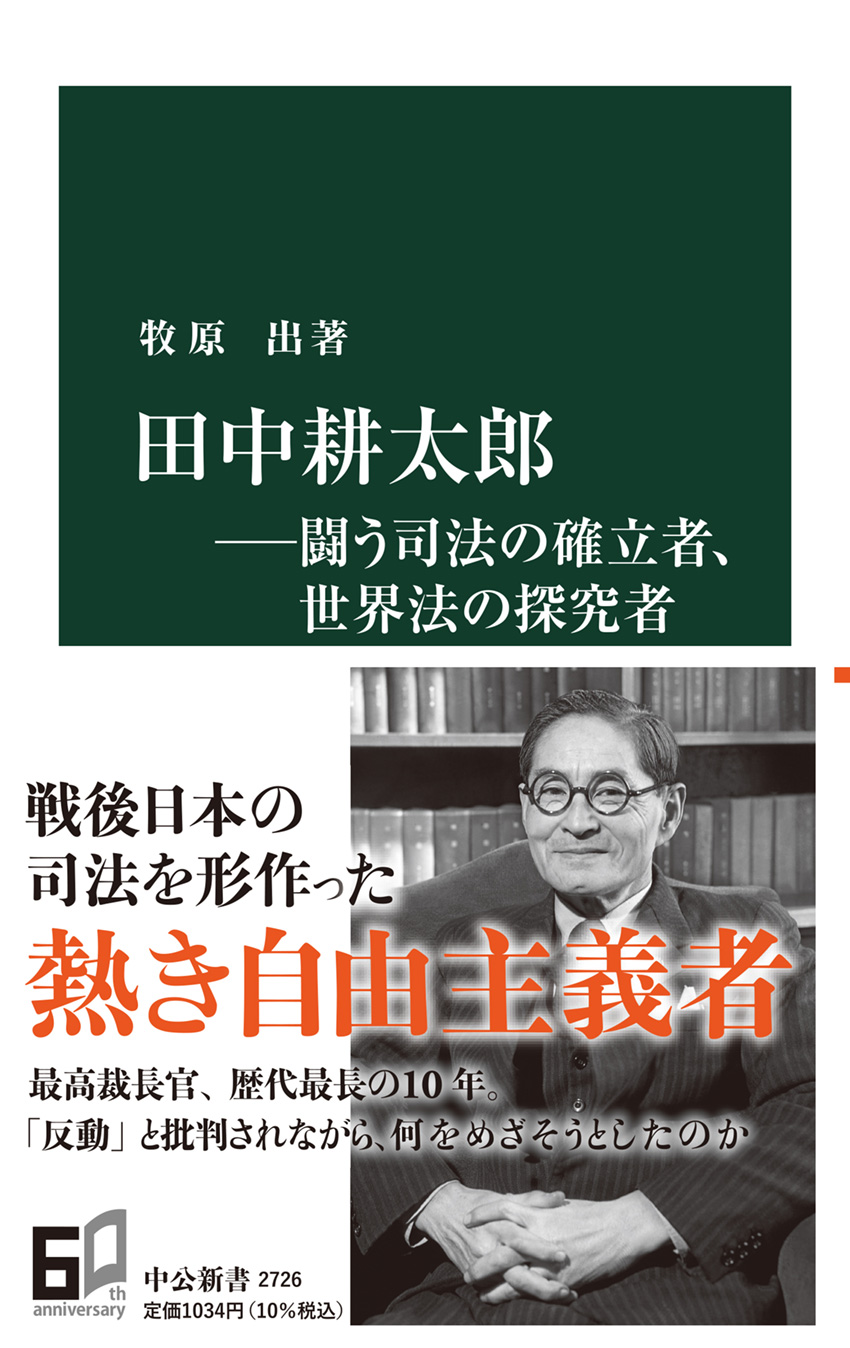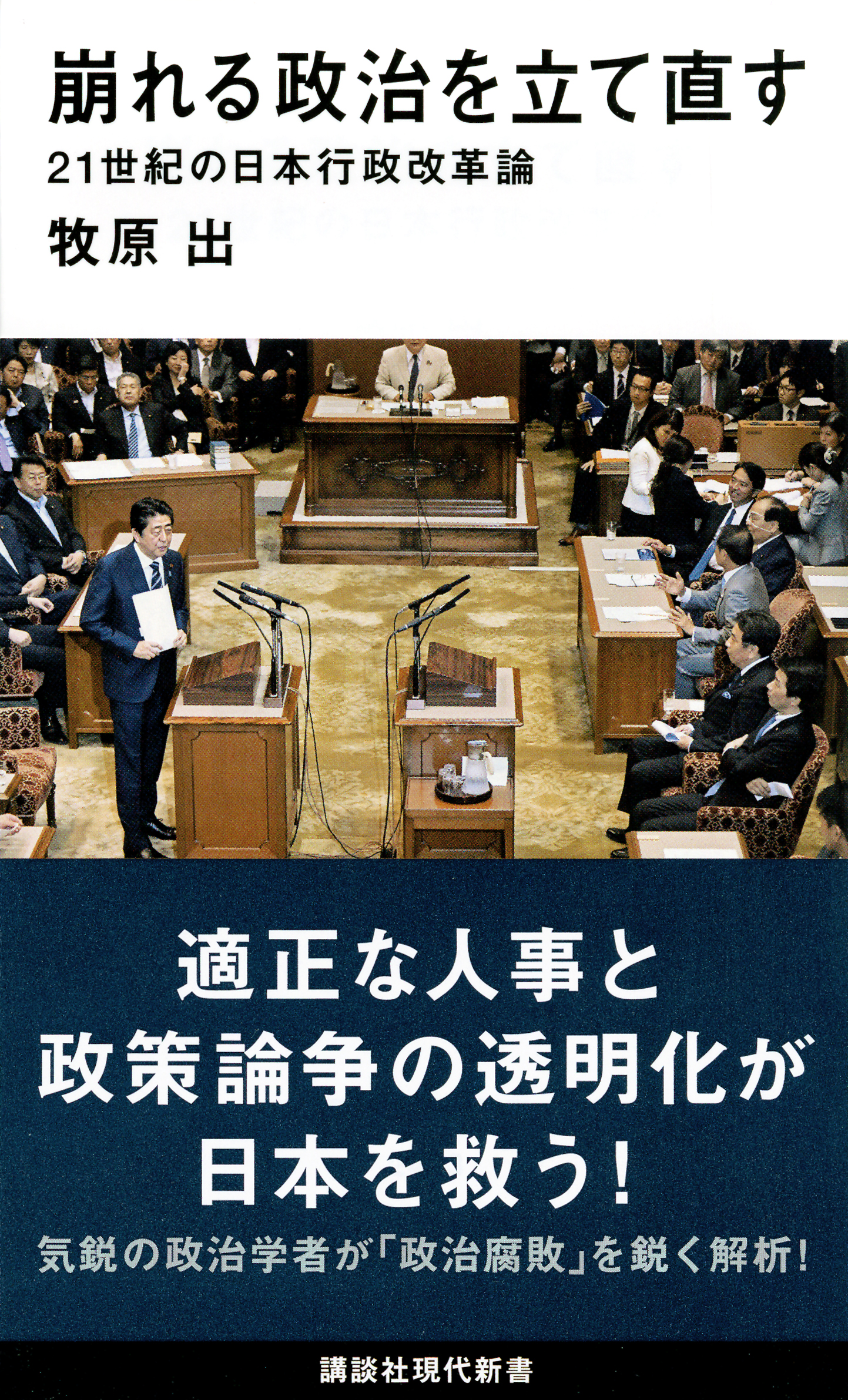
Title
Hondana kara Yomu Heisei-shi (History of the Heisei Period Interpreted from the Bookshelf)
Size
224 pages
Language
Japanese
Released
June 26, 2019
ISBN
978-4-309-25396-1
Published by
KAWADE SHOBO SHINSHA
Book Info
See Book Availability at Library
Japanese Page
This book is an attempt to understand what kind of a period Heisei (January 8, 1989–April 30, 2019) was through 50 books published in Japanese during its 30 years and their reviews. The authors are Kazuo Okanoya (Graduate School of Arts and Sciences, the University of Tokyo), Kumiko Kakehashi (non-fiction writer), and Izuru Makihara (Research Center for Advanced Science and Technology, the University of Tokyo). Okanoya was mainly in charge of books in the area of natural science, Kakehashi of literature and humanities, and Makihara of social science, but books in other areas were also chosen freely.
Heisei was divided into three decades, and the authors chose the books to review while discussing the kinds of events there were and the books read in each decade. When the discussion went off the track, a reporter from the Culture Department of Yomiuri Shimbun put it back on; we were able to see what kind of a period Heisei was at the end of it. The reporter chose a couple of guest commenters to add diversity to the book reviews.
Heisei, we can see from the selected 50 books, has a few aspects. First, it was a period of soothing the turbulence of wars and promoting economic growth after the Showa period (December 25, 1926–January 7, 1989). Second, although there were no wars, we needed to realize in this era that death could come unexpectedly for anyone due to natural disasters and terrorism. During Showa, death cast a shadow on everyone in Japan equally, whereas during Heisei, it was as random as the roll of a die. Third, it was an era when the publishing and reading culture changed significantly due to the advancement of information technology that was too rapid—the era when people obtain information by reading books is coming to an end. Fourth, it was an era when cutting-edge science captured people’s attention. However, science does not necessarily represent hope any longer.
Books chosen from the first perspective include Shuyojo Kara Kita Isho [Farewell Notes from a Prison Camp] (Jun Henmi), Showa Tenno Dokuhakuroku [Emperor Showa’s Monologue] (Hidenari Terasaki et al.), and Hiroshima (Miyako Ishiuchi); from the second include Higashi-nihon Daishinsai wo Yomu [Haiku Inspired by the Great East Japan Earthquake] (four haiku associations) and 1Q84 (Haruki Murakami); from the third include Flat-ka Suru Sekai [The World is Flat] (Thomas L. Friedman), Big Data to Jinko Chino [Big Data and Artificial Intelligence] (Toru Nishigaki), and Sapiens Zen-shi [Sapiens: A Brief History of Humankind] (Yuval Noah Harari); and from the fourth include Meneki no Imiron [Semiotics of Immunity] (Tomio Tada) and Ronbun Netsuzo [Fabrication of Papers] (Shu Muramatsu).
It is not impossible to read all of the selected 50 books to sum up the Heisei era, but it may have been the last era to discuss like this through books. In the future, eras will be recorded as fragmented information scattered in cyberspace, instead of being kept as books. In other words, knowledge accumulation will inevitably change its form from now on.
(Written by OKANOYA Kazuo, Professor, Graduate School of Arts and Sciences / 2020)



 Find a book
Find a book



